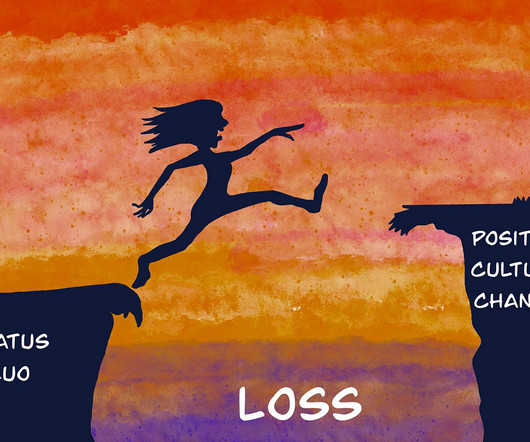Sometimes Doing the Right Thing Involves Risk
Harmonious Workplaces
JANUARY 11, 2024
I believe that leaders must: Face the obstacles to success for their group (Holiday, 2014) Have the courage to do the right thing (Holiday, 2021) Possess the discipline to see their way through doing the right thing (Holiday, 2022) Remove their own ego from the equation. Click the link below to try it out. References Holiday, R.


















Let's personalize your content